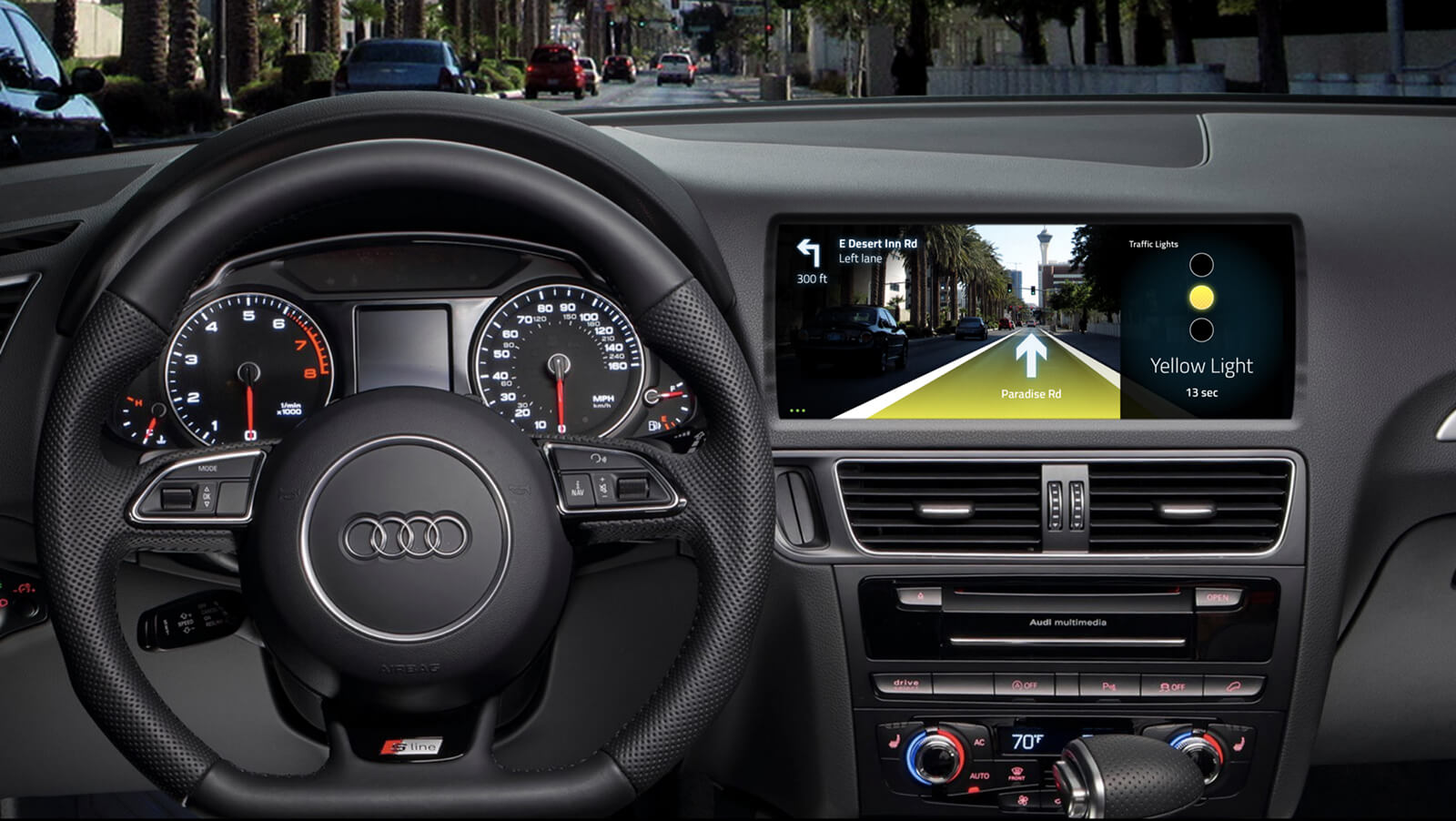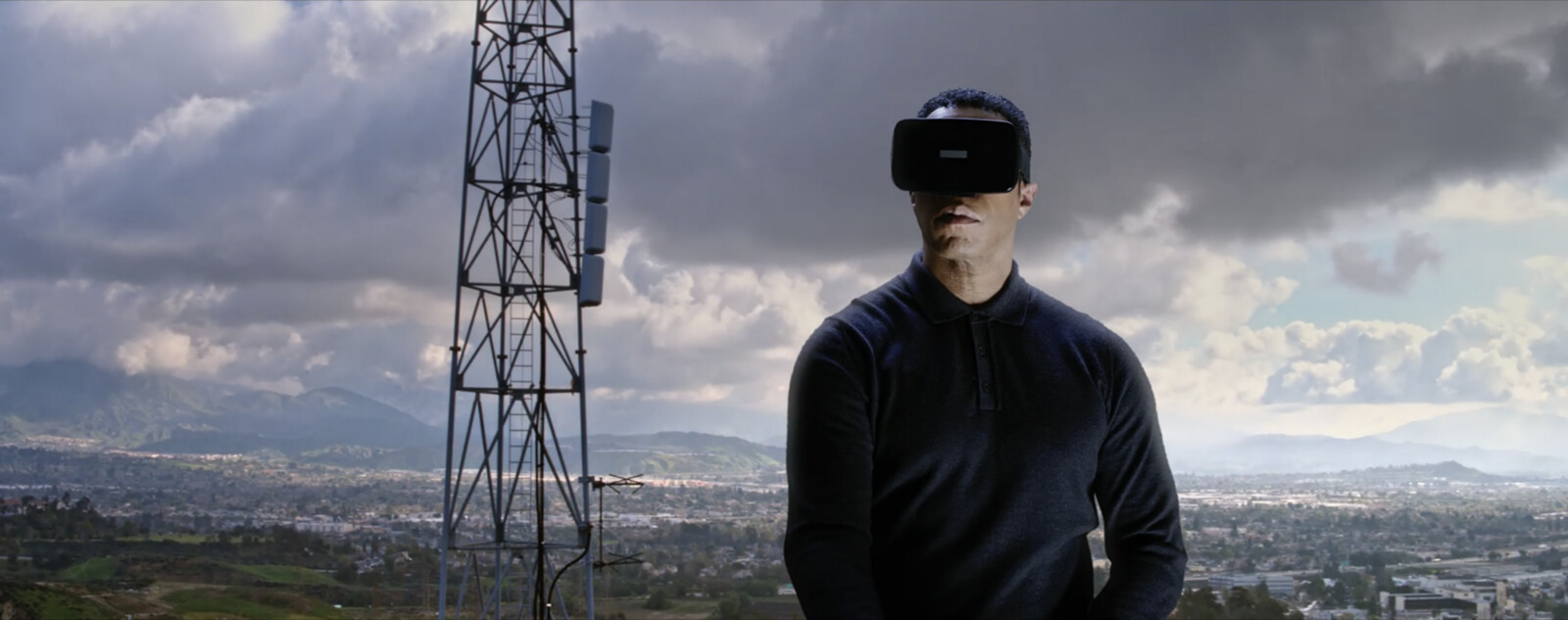
The new mobile: How emerging network technologies will change the way we connect to our world
Written by Reed Fehr, edited by Anis Hoffman
To the average consumer, a network is little more than the necessary utility we use to communicate and complete tasks via voice calls and mobile data. As the technology has matured significantly in the past few decades, the functions of networks have grown to provide richer experiences and have increased our expectations of connectivity, while simultaneously decreasing our awareness of the presence of the network itself. It wasn’t long ago that placing a call from the middle of nowhere was a dazzling experience; now we get frustrated if we can’t stream our favorite shows on our daily commute. The evolving landscape of network technology will improve our existing experiences and create new and exciting opportunities to explore.
At Idean, we strive to make use of these new opportunities in such a way as to create experiences that maintain the ethereal nature of the network and inspire as much wonder as the first time we were able to make phone calls from a car.
Network speeds you’ve never experienced
The most tangible impact for most consumers will be how we connect to networks. The speeds we’ve become accustomed to with 4G LTE networks will soon be eclipsed by 5G wireless technology. Current 5G radio technology has pushed speeds in excess of 10Gbps, which is more than ten times the theoretical maximum speed of 4G LTE. It won’t be long before we see early stage consumer technology that will allow for connecting homes and vehicles to 5G networks.
This increased speed and lower latency will enable service providers to offer experiences that current networks can’t accommodate. Once this becomes more commonplace, we’ll start seeing things like real-time VR/AR, shared experiences, and richer, more immersive media than ever before. It will take some time before 5G is sufficiently miniaturized to appear in objects like smartphones, but the mobile landscape will soon see an influx of new connected experiences that can leverage existing technologies. Bandwidth isn’t the only tangible change coming soon — we’re about to see a whole range of new, independently connected devices that previously would have required a phone or access point to bridge the gap between these devices and the network.
Everything is connected, independently
Traditionally, mobile data has meant phones, tablets, access points, connected cars, etc. NarrowBand IoT (NB-IoT) is changing the game. NB-IoT allows for low cost, low energy connections of mobile devices to existing wireless infrastructure. Imagine taking your Apple Watch for a run, leaving your phone at home, and maintaining full connectivity. Think of the possibilities for smart cities where traffic lights can react intelligently to the presence of connected cars in real-time, or waste bins that tell you when they’re full without the need for a human to check. There are already devices on the market using similar technology, such as the Bigbelly solar compactor, Bluesmart suitcases, or the Whistle activity tracker for dogs. This enables a low cost ecosystem of independently connected devices. As the technology matures, we’ll see this connecting a whole range of devices from smartwatches to cameras, activity trackers, and more. The richness of IoT that has become commonplace in the home will soon be just as ubiquitous in the mobile world as well.

Delphi’s connected car concept demonstrates a use case for NarrowBand IoT.
This new ecosystem of faster, connected devices will enable new use cases leveraging interoperability and contextual awareness. Our teams have explored solutions in mobile VR/AR shared experiences, autonomous and self-aware commercial shipping, IoT based customer loyalty that transforms stores into responsive environments, revolutionary concepts for heavy manufacturing based on AR/VR and an adaptive and connected supply chain — and we’ve barely scratched the surface. We’ve gotten a taste of what this technology can do, and we’re hungry to build the dazzling experiences that make the most of this potential from day one.
The wizards of NOC
In addition to more robust network capacity and an increasing number of connected devices, changing how these systems are maintained will have a dramatic effect on our mobile experience as well. Network administrators are already taking advantage of location awareness and predictive analytics to ensure that experiences are uninterrupted by areas of low or absent service. This will become even more proactive as bottlenecks are eliminated and services become still more customized to our preferences.
Future network users will have an increasing number of connected devices, which means there will be even greater amounts of data from which to derive preferences and likely actions. Combine that with the capability to deliver enormous amounts of information with no perceptible delay, and the user will experience nearly instantaneous responsiveness from their experiences. In many cases, delays in service and buffering may become non-existent as networks will anticipate what your likely actions will be and pre-position the content you’re most likely to want to consume.
Tomorrow’s networks will know what you want before you do, and those experiences will be ready and waiting for you. This intelligence extends beyond just consumers as well; artificial intelligence (AI) stands to radically transform how these systems are operated and maintained in the currently massive “mission control” style facilities known as network operations centers, or NOCs.

Conceptual use case for operating and maintaining network operations centers (NOCs) using AR/VR.
As AI and machine learning become more prevalent in network operations, this technology will augment the capabilities of human engineers and help them to perform their jobs better and on a larger scale. AI can observe how engineers identify and solve problems and learn how to spot potential service issues before they develop. In the very near future, AI will be able to alert engineers to impending problems with a range of viable solutions to select from. Deploying this technology across multiple connected NOCs will make it possible to apply lessons from one geography to another based on similar network characteristics. As the AI learns more and more from a range of human operators, it will be more capable of solving even more complex problems. Ultimately, AI will be able to facilitate self-organizing networks that run smoothly with minimal — if any — human intervention.
Every device is a supercomputer
Building on the increased capacity and network reliability provided by these technologies, there will be an increased demand for content delivery networks (CDNs) as their role in the network infrastructure evolves. CDNs already provide an effective means to deploy rich content — such as high quality streaming video — and they will become increasingly important as we become accustomed to the types of experiences that future networks will provide. Combining the bandwidth and low latency of these networks with the computing power of CDNs, it will be possible to place processing intensive tasks in the cloud, but experience these tasks on low power portable devices as though they are occurring locally for the user. Experiences such as real-time VR streaming from one mobile device to another, with image stitching occurring on the edge of the cloud, will become commonplace and accessible using low-power mobile devices with the heavy lifting occurring remotely, but as close to the user as possible.
If we consider that most users’ awareness of networks is related to their lack of performance relative to their expectations, it’s easy to imagine that as these new network technologies come to fruition, we’ll be less and less aware of how these experiences are delivered. This will place a much greater importance on how we interact with these technologies, and an understanding of users’ needs will be critical to that point.
The success of these new technologies will be defined by replicating the wonder of the first wireless phone call, and continuing to build upon that with delightful experiences that continue to amaze by simplifying the complexity of what makes it possible. We must also be cautious that we take the time to very thoughtfully understand how these new capabilities can enhance our existence, or we run the risk of introducing new problems to replace the ones we’ve solved. Paramount to these objectives is a deep understanding of not just the technical capabilities, but user needs and environmental considerations. This is precisely the type of challenge we at Idean love and excel at. We can’t wait to see what curious new opportunities lie ahead — so we’ve already begun defining them.

frog, part of Capgemini Invent is a global design and innovation firm. We transform businesses at scale by creating systems of brand, product and service that deliver a distinctly better experience. We strive to touch hearts and move markets. Our passion is to transform ideas into realities. We partner with clients to anticipate the future, evolve organizations and advance the human experience.
We respect your privacy
We use Cookies to improve your experience on our website. They help us to improve site performance, present you relevant advertising and enable you to share content in social media. You may accept all Cookies, or choose to manage them individually. You can change your settings at any time by clicking Cookie Settings available in the footer of every page. For more information related to the Cookies, please visit our Cookie Policy.